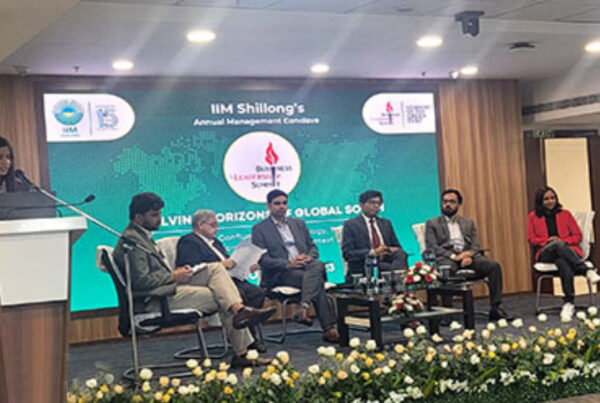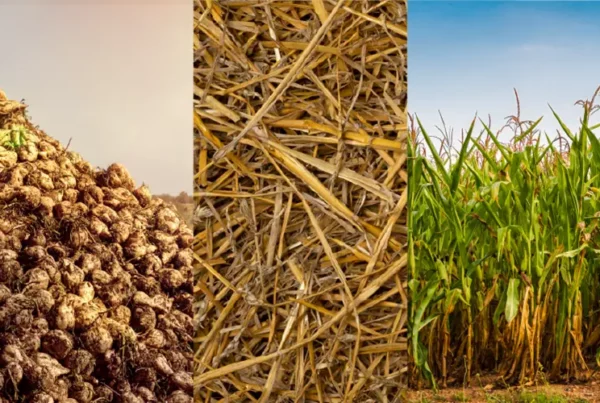India Ride Sharing Market Overview
The Indian ride-sharing and taxi segment is forecast to grow at a CAGR of ~20% during 2020-24, driven by increasing consumer need for flexible and cheaper, but more comfortable travel options. The number of vehicles in fleets is projected to increase from 1.4 million to more than 4 million by 2024. However, growth is likely to slow down in 2020 on account of the COVID-19 pandemic.
Among the sub-segments, the dynamic shuttle segment is expected to grow at the fastest pace, followed by P2P car sharing; while MaaS and corporate sharing will emerge as the new segments in the coming years
As per industry surveys and studies, more than 50% of Indian consumers prefer using ride-sharing services instead of using their own vehicles. This is higher than China, US, Germany and Japan, where the percentage of consumers using ride-sharing instead of own vehicles are 53%, 29%, 32% and 31%, respectively.
Key factors driving growth include increasing smartphone and internet penetration, rising fuel prices, parking problems and rising cost of vehicle ownership; while governmental regulations is a major deterrent
Increasing urban road congestion level is an important factor contributing to the growth of the Indian shared mobility market. Rising population in major cities across the country has led to an increased number of daily commuters which is helping the ride sharing segment.
Key players in the Indian ride sharing market include OLA Cabs, Uber, Meru, Megacabs, Carzonrent, Savaari Car rentals, Zoomcar, BlaBlaCar, Drivezy and Shuttl
Many service providers are taking initiatives to widen their area of services, by establishing an integrated mobility system. The providers are not only sticking to offering only single service, but also, they are getting involved with multiple public vehicle sharing programs. E.g., in 2018, Uber announced its investment in Neutron Holdings Inc. (Lime), an electric bicycle and scooter sharing service provider, as a part of a $335 million financing round led by GV (Alphabet Inc.’s venture arm).
Ride Sharing Market Outlook
With rising popularity of ride-sharing platforms among the young generation, about 17-20% of cars is expected to be sold to fleet owners and taxi operators in India, according to industry experts
In 2018, the daily number of shared rides accounted for 3.5 million which will be increased to 11 million rides daily in 2025
With the impact of COVID-19, the car sharing market is estimated to lose its share by 50–60% during 2020. Furthermore, by 2021, it will gain its market by 70–80% because of new strategies like providing partitions to keep the distance between driver and passenger, equipping the vehicle with sanitizers, and installing devices to measure the body temperature of passengers to eliminate the threat of such infections in future. However, at the same time, it is expected that fares would increase due to the added precautionary measures.
In terms of regulations also, we may see some new measures introduced by the Government. The Indian Government is considering a proposal to cap the commissions on app-based ride-hailing firms, such as Uber and Ola, to a total of 10% of the full fare compared to the existing 20%. Such a move could reduce ride revenues by a total of 50% impacting most stakeholders.
The Indian government also wants to cap ride-hailing drivers to a maximum of 12 hours per day as part of its initiative to increase safety. The government fears that longer hours could jeopardize passengers’ safety.
To know more about the report, please connect with AGR at https://www.agrknowledge.com/contact-us
Market Growth Drivers and Trends
Most primary factors driving the Indian ride sharing market are:
- Increasing cost of ownership and fuel prices
- Flexible and cheaper travel options; more comfort compared to public transport modes
- Rising smartphone and internet penetration; growing younger population
- Rapid urbanization, increasing congestion on the roads and parking issues
Potential Challenges
Key factors likely to restrain or slow down growth in the ride sharing market in India:
- Regulatory restrictions leading to higher costs and/or lower profit margins
- Availability of drivers
- Cut-throat competition resulting in lower profitability for the ride sharing company and the drivers
Market Players Perspective
In March, this year, ride hailing app Ola tied up with Korean carmakers Hyundai and Kia Motors. Under the arrangement, the three companies extensively collaborate on developing unique fleet and mobility solutions; building India-specific electric vehicles and infrastructure; as well as nurturing best in class opportunities and offerings for aspiring driver partners with customized vehicles, on the Ola platform. Hyundai and Kia will invest a total of $300 million in Ola.
In January 2020, Uber sold its food delivery Uber Eats’ India business to local rival Zomato for about $180 million in a move that some analysts said could help the ride-hailing firm better focus on its core business in the country. The company plans to expand from about 50 Indian cities where it currently operates to 200 in the country by the end of the year. It will focus on onboarding two-wheelers and three-wheelers in many of these cities.
India Ride Sharing Market Research Scope
The base year of the study is 2019, with forecast done up to 2024. The report provides a detailed assessment of the Indian ride sharing market, including insights on the market dynamics, key drivers, challenges, regulations impacting the market, and value chain analysis.
We have also estimated the current market size in India and by ride sharing segments, by regions, by business model types; 5-year outlook of the market, factors driving growth along with regional insights and trends
The study also presents a thorough analysis of the competitive landscape, considering the market shares of the leading companies. These provide the key market participants with the necessary business intelligence and help them understand the future of the Indian ride sharing market
Author – Prasanth R Krishnan
Associate Director – Operations
Connect to the author of the report at reports@avalonglobalresearch.com or contact us at https://www.agrknowledge.com/contact-us




